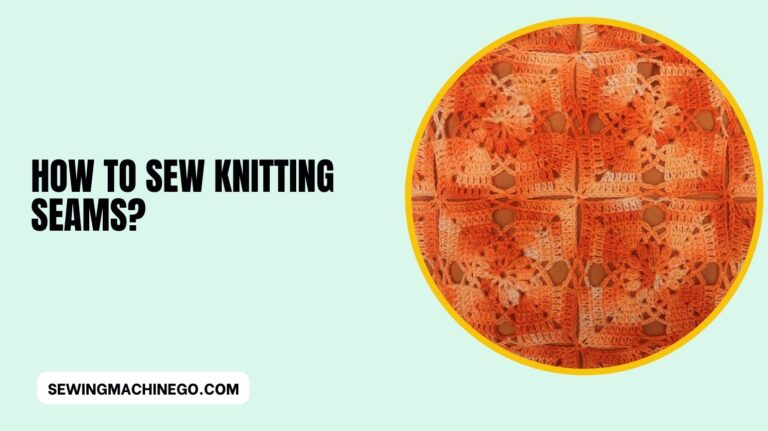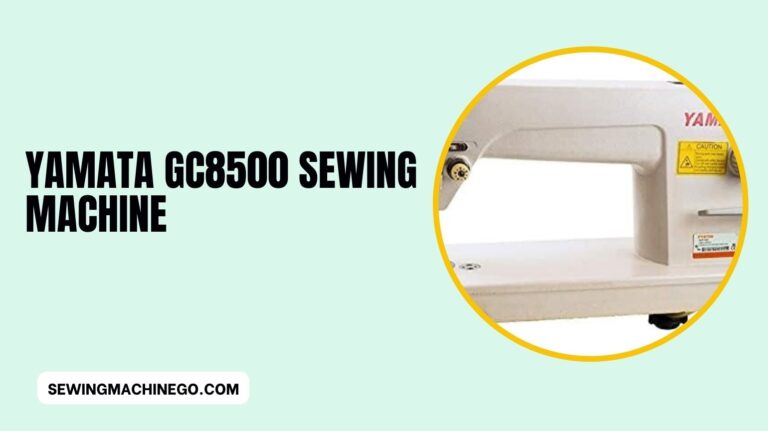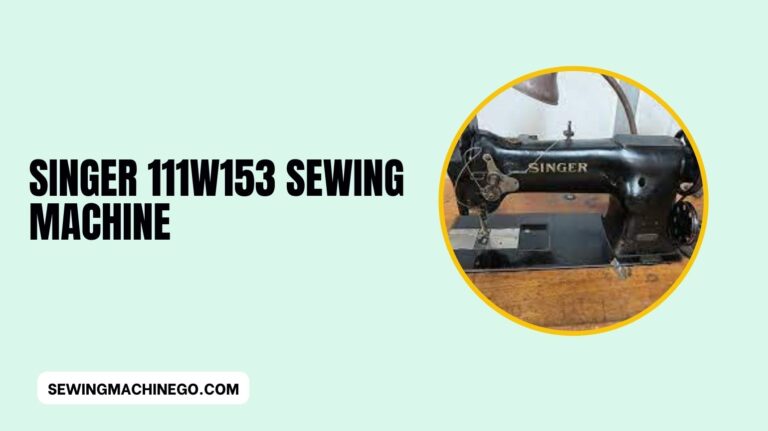What Does Polyester Feel Like? (Very Comfortable) In 2023
In the vast realm of fabrics, polyester stands out as a synthetic marvel. But what does polyester feel like?
Understanding the tactile experience of this versatile material is essential, considering its widespread use in various industries.
Let’s embark on a journey to unravel the mysteries of polyester’s texture, its composition, and its impact on our daily lives.

What Does Polyester Feel Like?
Polyester fabric is known for its smooth and synthetic feel. It’s generally soft to the touch, but the exact feel can vary based on the weave, blend with other fibers, and the quality of the fabric.
In general, it often feels smooth, somewhat slick, or slippery, and can have a slightly cool sensation against the skin.
Polyester can be made to mimic the feel of natural fibers like silk or cotton, but its inherent texture tends to be more resilient and less prone to wrinkling.
The Composition of Polyester
Polyester’s synthetic nature is a key factor in its feel. Unlike natural fabrics such as cotton or wool, polyester is created through chemical processes, resulting in a durable and versatile material.
Characteristics of Polyester
Here are the Characteristics of Polyester:
Softness and Smoothness
One of the distinctive features of polyester is its soft and smooth texture. The fabric’s surface feels gentle against the skin, providing comfort in various applications.
Breathability and Comfort
Contrary to common misconceptions, polyester can be breathable and comfortable. Technological advancements have enhanced its ability to wick moisture away, making it suitable for activewear and undergarments.
Durability and Resistance
Polyester’s durability is unmatched, making it resistant to wrinkles, shrinking, and stretching. This resilience contributes to its popularity in everyday items that withstand frequent use.
The Touch and Feel of Polyester
Describing the tactile experience of polyester involves understanding its unique blend of softness and resilience. When you run your fingers over polyester fabric, you’ll notice a pleasing smoothness that sets it apart from other materials.
Comparisons with cotton, for instance, reveal polyester’s ability to maintain its shape and structure over time. The feel is often described as luxurious, especially in higher-quality polyester blends.
Use Cases of Polyester
Polyester’s feel plays a significant role in determining its applications. In the apparel and fashion industry, polyester’s soft touch makes it an excellent choice for garments that require both style and comfort.
In the realm of home furnishings and bedding, polyester’s smooth texture adds a touch of luxury to sheets, pillowcases, and blankets. Its resistance to wrinkles ensures that your bedding always looks neat and inviting.
Polyester Blends
Polyester is frequently blended with other fabrics to enhance its feel and performance.
Blends with natural fibers like cotton or bamboo can result in textiles that combine the best of both worlds – the softness of natural fibers and the durability of polyester.
Understanding these blends is crucial for consumers seeking specific characteristics in their fabrics, whether it be a softer feel or enhanced moisture-wicking properties.
Caring for Polyester
Maintaining the feel of polyester involves proper care. Washing in cold water, avoiding excessive heat, and using fabric softeners can help preserve the fabric’s softness and prevent pilling.
Contrary to the belief that polyester is high-maintenance, it’s a resilient material that retains its qualities even with regular use.
Common Misconceptions
Addressing myths about polyester is essential for a comprehensive understanding of its feel. While some may associate polyester with discomfort, modern manufacturing techniques have significantly improved its tactile properties.
Polyester is not a one-size-fits-all fabric, and the key is to explore different blends and qualities to find the one that suits your preferences.
Advancements in Polyester Manufacturing
Innovations in polyester manufacturing aim to create a more natural feel.
New processes and techniques are being developed to mimic the softness of natural fibers, providing consumers with alternatives that align with their preferences.
Sustainable practices in polyester production are also gaining traction, addressing environmental concerns and offering eco-friendly options for conscious consumers.
Environmental Impact
Understanding the environmental impact of polyester is crucial in today’s eco-conscious world.
While it’s true that polyester is not biodegradable, advancements in recycling and sustainable production methods are mitigating its ecological footprint.
Consumers can also explore alternatives such as recycled polyester or fabrics made from plant-based sources for a more environmentally friendly choice.
Consumer Preferences
The feel of polyester can be subjective, leading to varying consumer preferences. Some may appreciate its smooth texture, while others may prefer the natural feel of cotton or silk.
Understanding these preferences can influence buying decisions and ensure satisfaction with the chosen fabric.
Polyester in Sports and Activewear
Polyester’s role in sports and activewear extends beyond its feel. The fabric’s breathability and moisture-wicking properties make it a popular choice for workout gear. The smooth texture adds a layer of comfort during physical activities.
Understanding the unique qualities of polyester in this context helps athletes and fitness enthusiasts make informed choices when selecting their activewear.
The Future of Polyester
Ongoing research and development in the textile industry are paving the way for the future of polyester.
As scientists delve into innovative methods, we can anticipate even more improvements in the feel, sustainability, and versatility of this synthetic wonder.
DIY Polyester Experiments
For those curious about polyester’s feel, engaging in DIY experiments can be enlightening.
Simple projects like creating sensory samples or experimenting with different polyester blends allow you to experience firsthand the various textures and qualities of this fabric.
Such interactive experiences offer a deeper understanding of polyester and its potential applications beyond what meets the eye.
People also ask
How would you describe the feeling of polyester?
Polyester boasts a smooth and soft texture against the skin. Its feel is often described as luxurious, with a gentle and comfortable touch.
The fabric’s unique blend of softness and resilience sets it apart, offering a pleasing tactile experience that varies based on quality and blend.
What does polyester clothing feel like?
Polyester clothing feels smooth and soft against the skin. The fabric offers a comfortable and luxurious sensation, with a touch that is both gentle and resilient.
It’s known for its pleasant tactile experience, making it a popular choice for various apparel items.
Is polyester rough or soft?
Polyester is generally soft to the touch. While perceptions of texture can vary based on the specific blend and quality,
polyester is known for its smooth and comfortable feel against the skin, dispelling the notion of it being rough.
Does polyester feel better than cotton?
The feel of polyester versus cotton is subjective and depends on personal preferences. Polyester is known for its smooth and soft texture, offering a luxurious feel.
Some may find it comparable or even preferable to the natural, soft touch of cotton. It ultimately comes down to individual comfort and the specific use of the fabric.
Conclusion
In conclusion, polyester is not just a fabric; it’s an intricate blend of science, technology, and comfort. Its feel, often underestimated, plays a pivotal role in its widespread use across diverse industries.
Whether you’re donning polyester garments, relaxing on polyester bedding, or exploring its use in sports apparel, understanding its tactile qualities enhances your appreciation for this synthetic wonder.

Hi, I am Alice, and I am your perfect guide to the world of sewing machines. With over 10 years of experience in the sewing industry, I am passionate about sharing my knowledge and expertise to help you make the most of your sewing journey. about me






